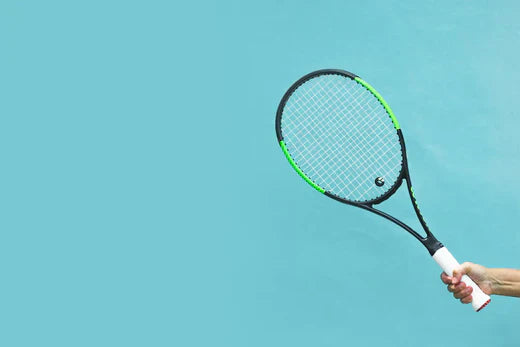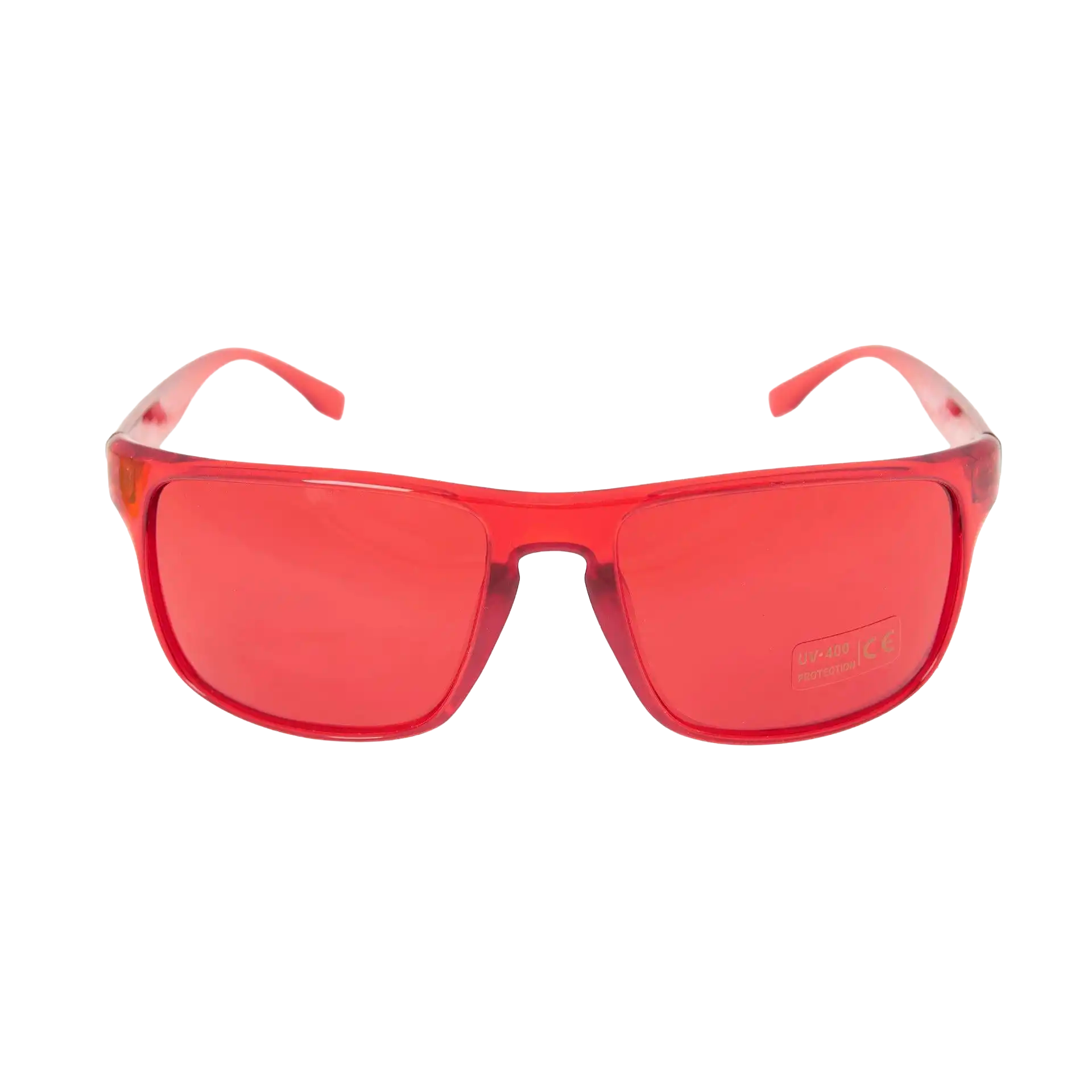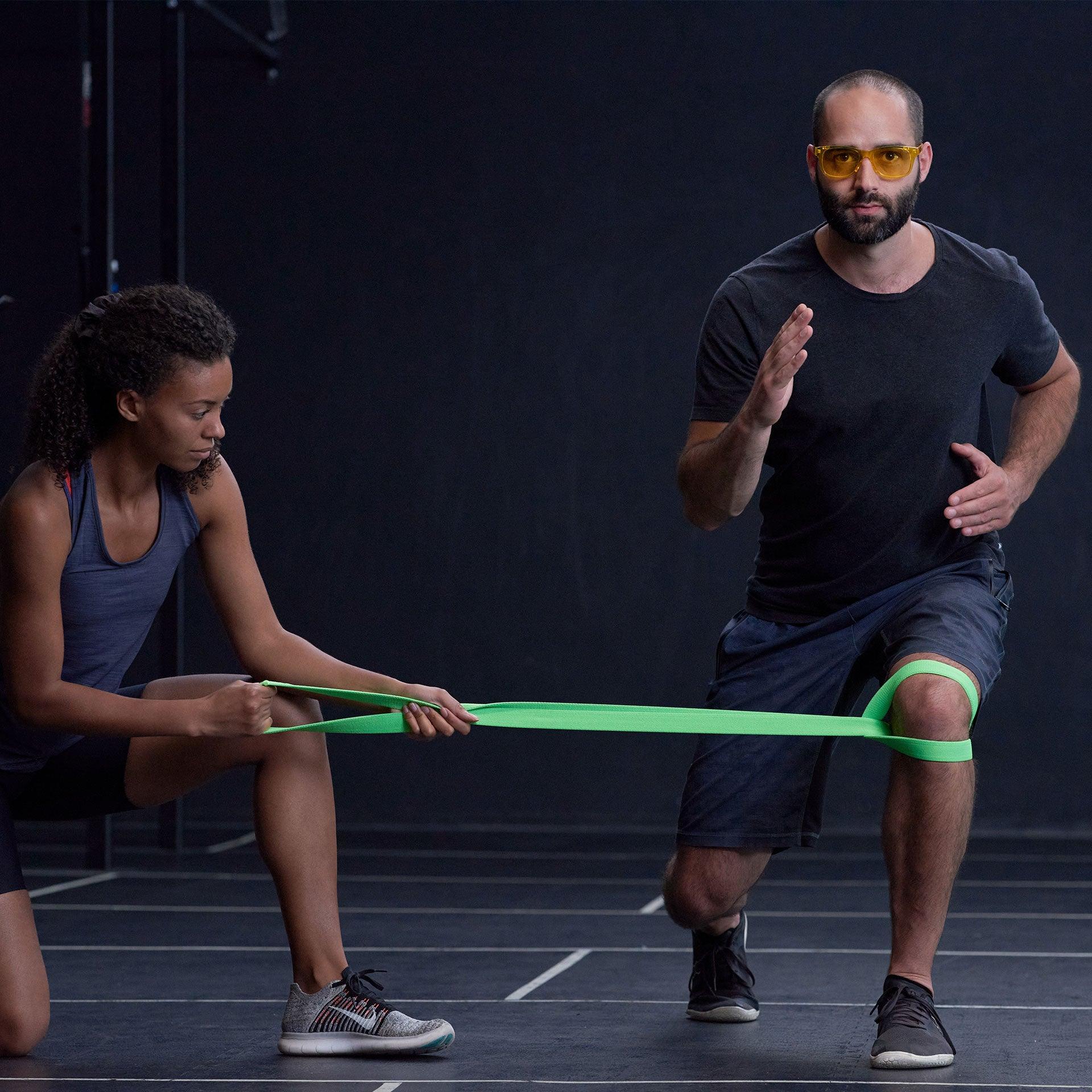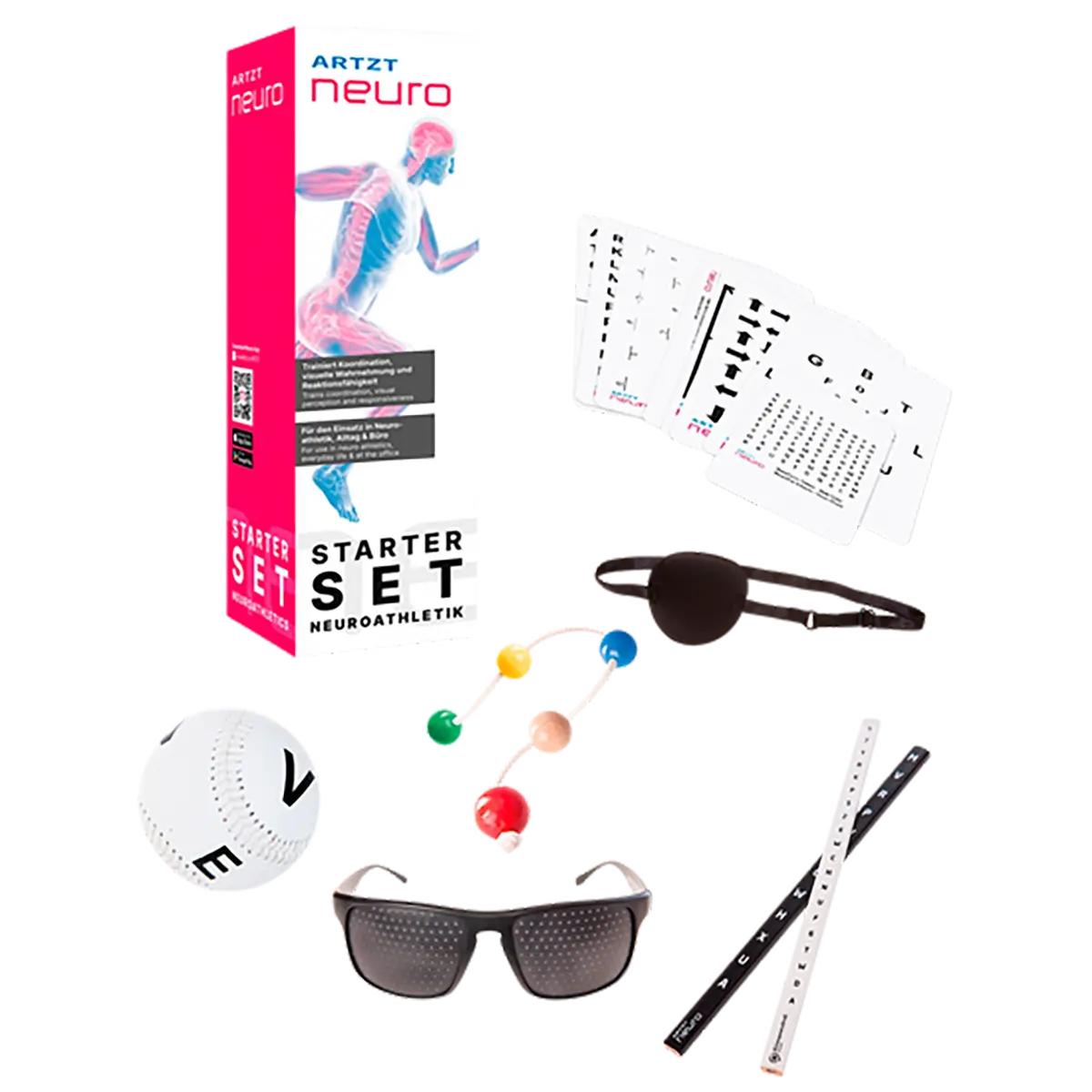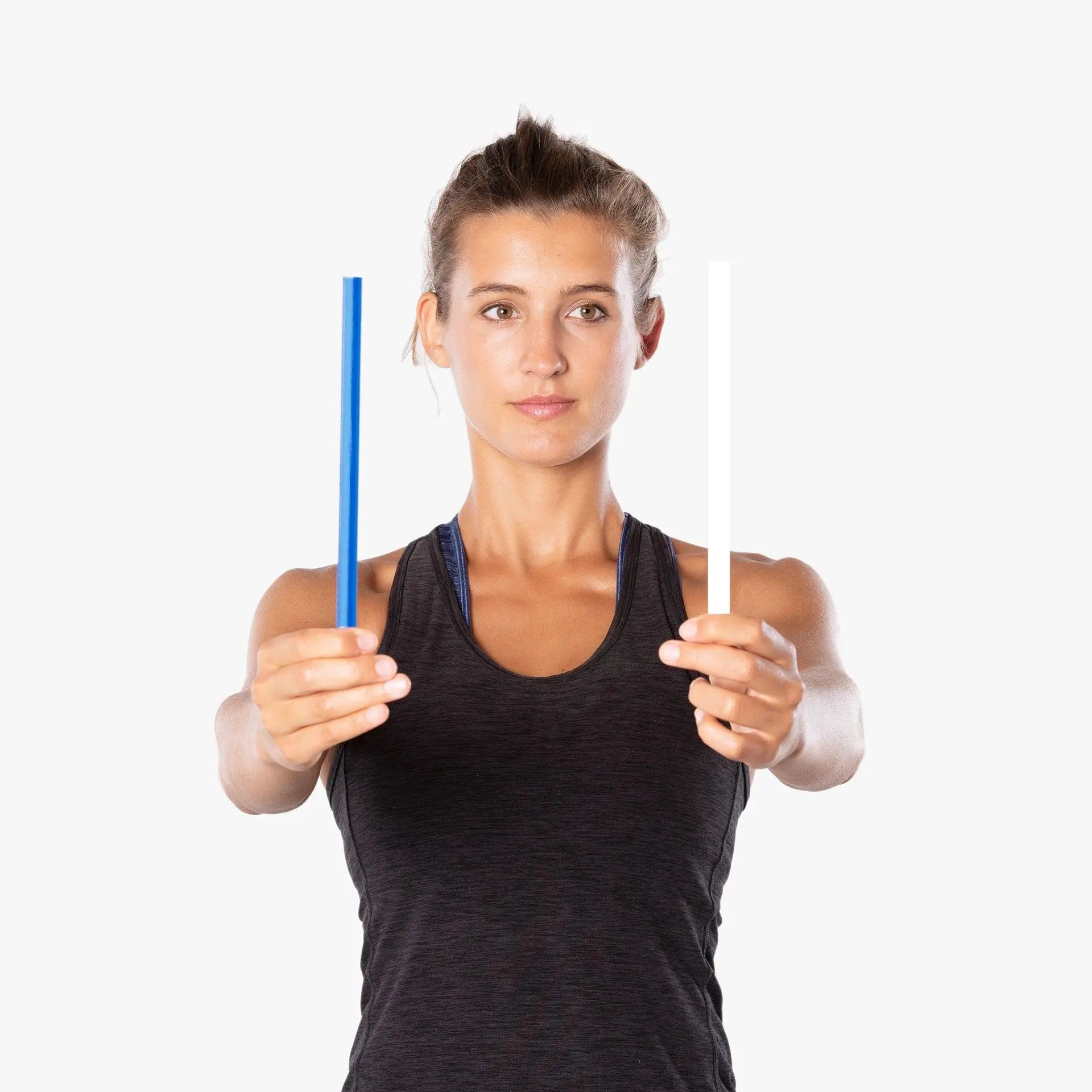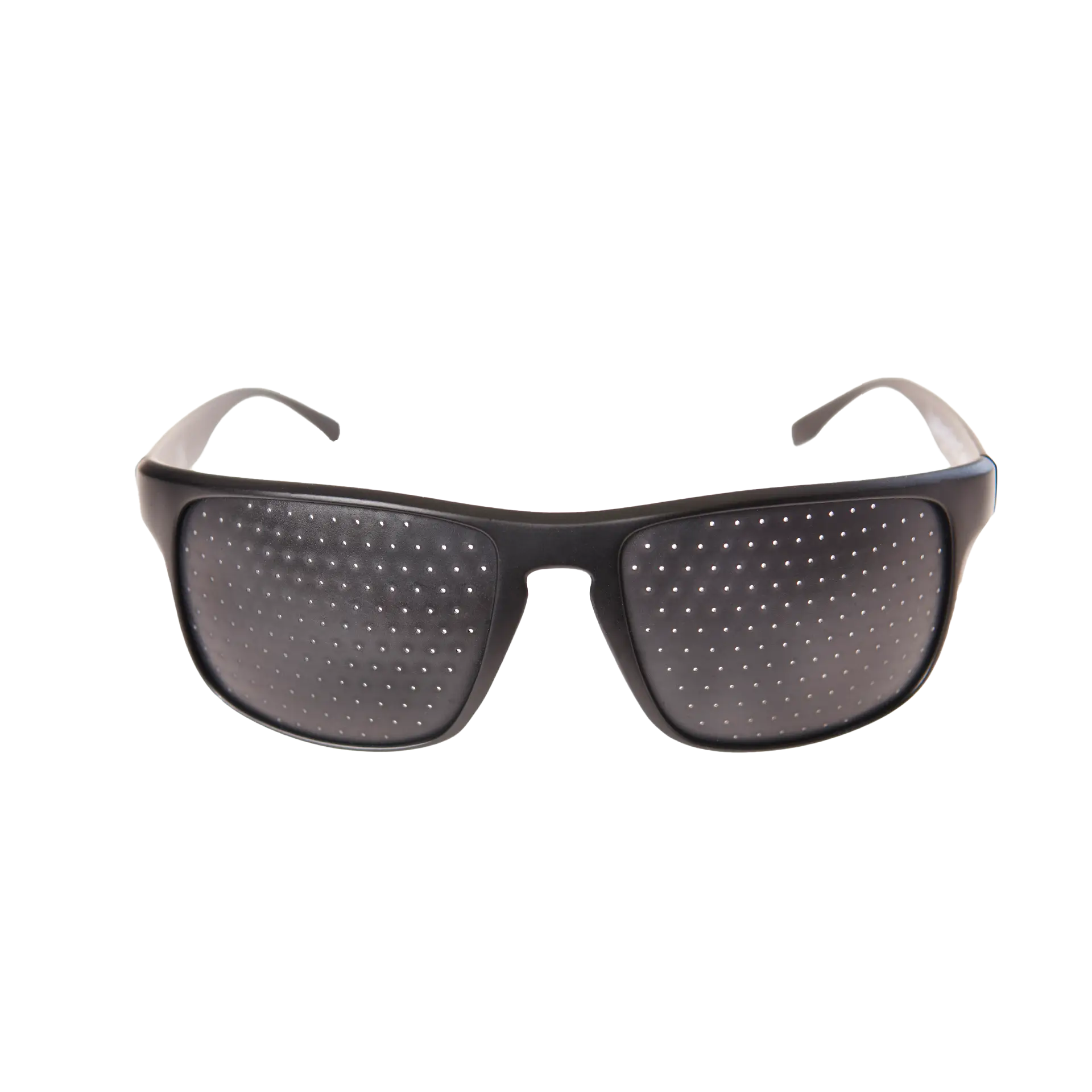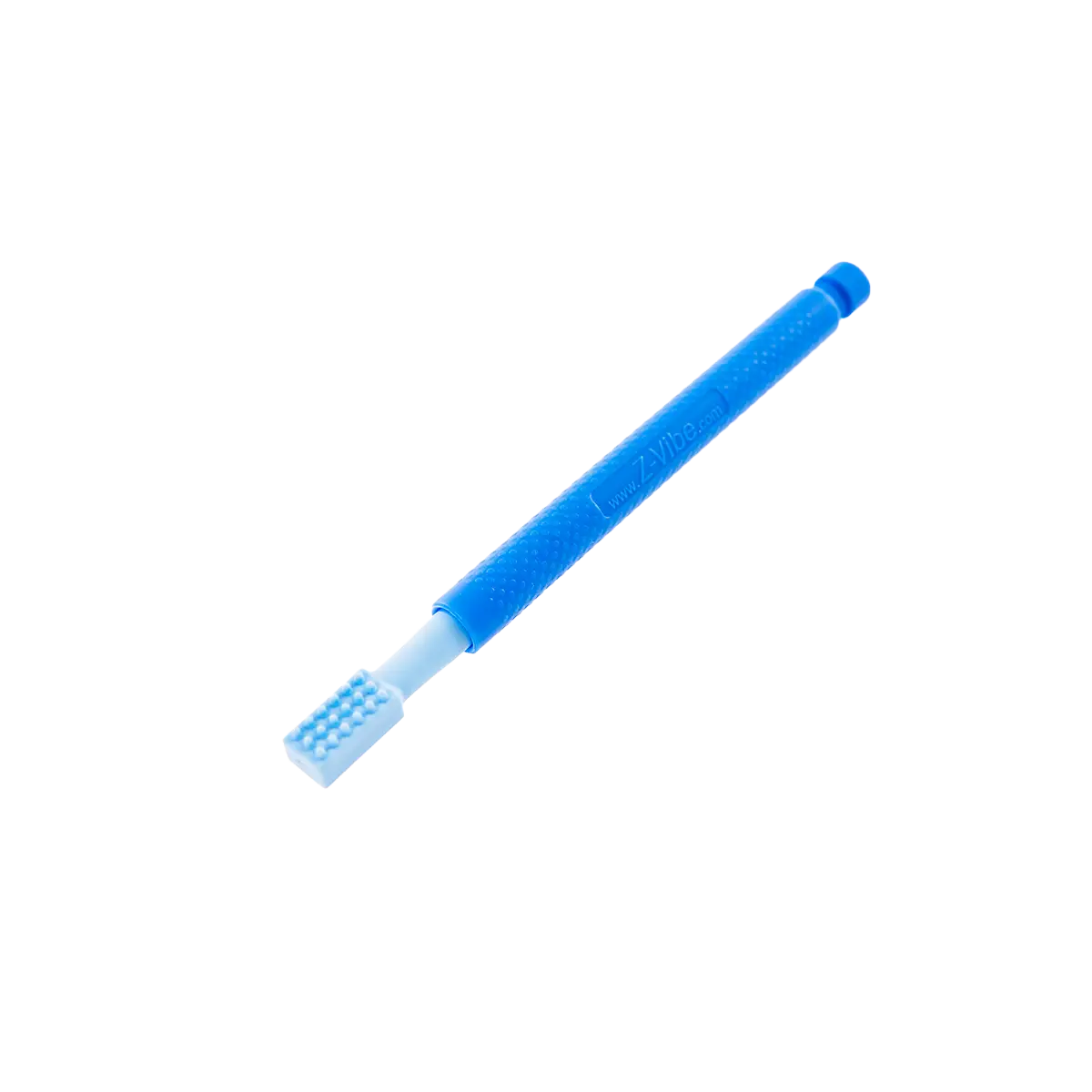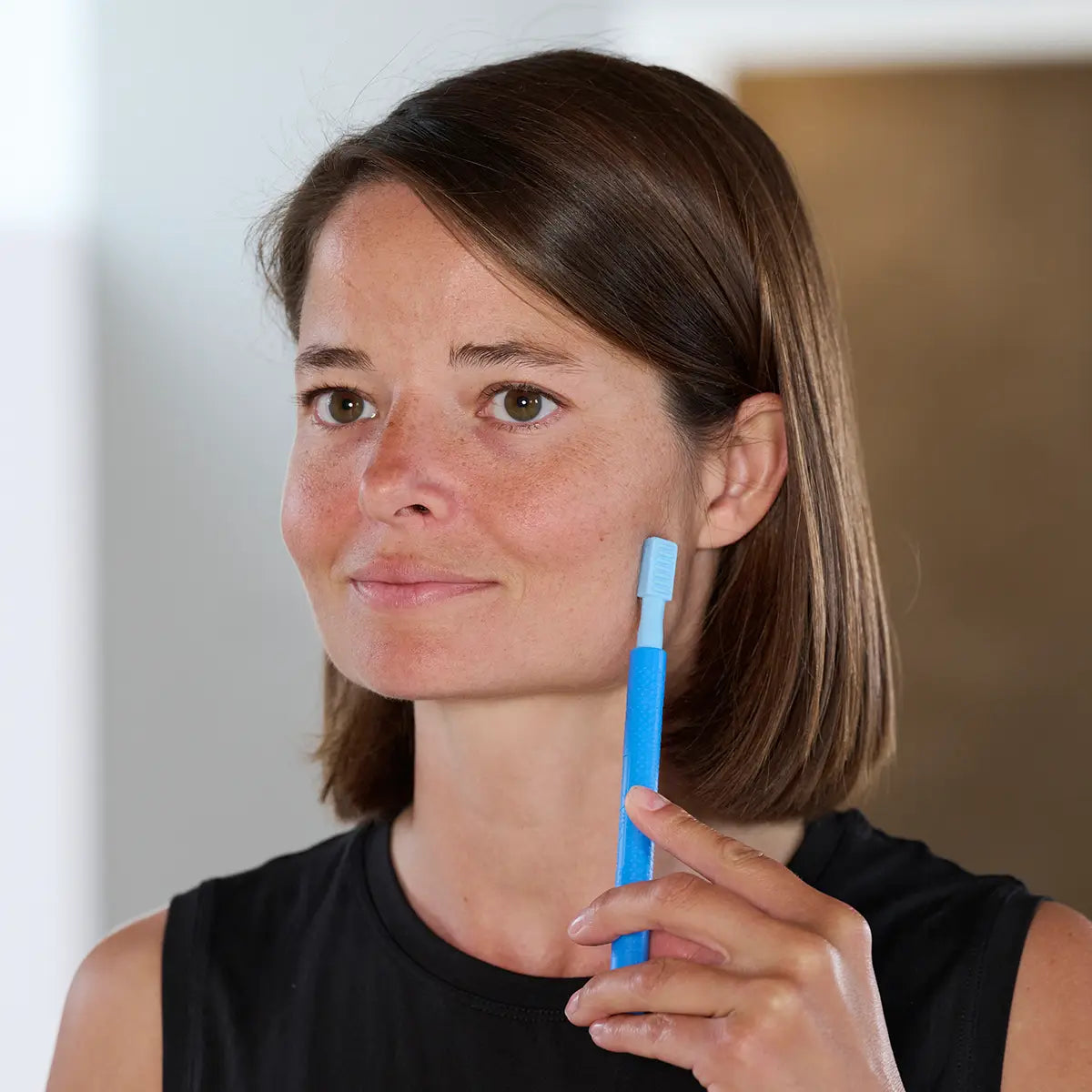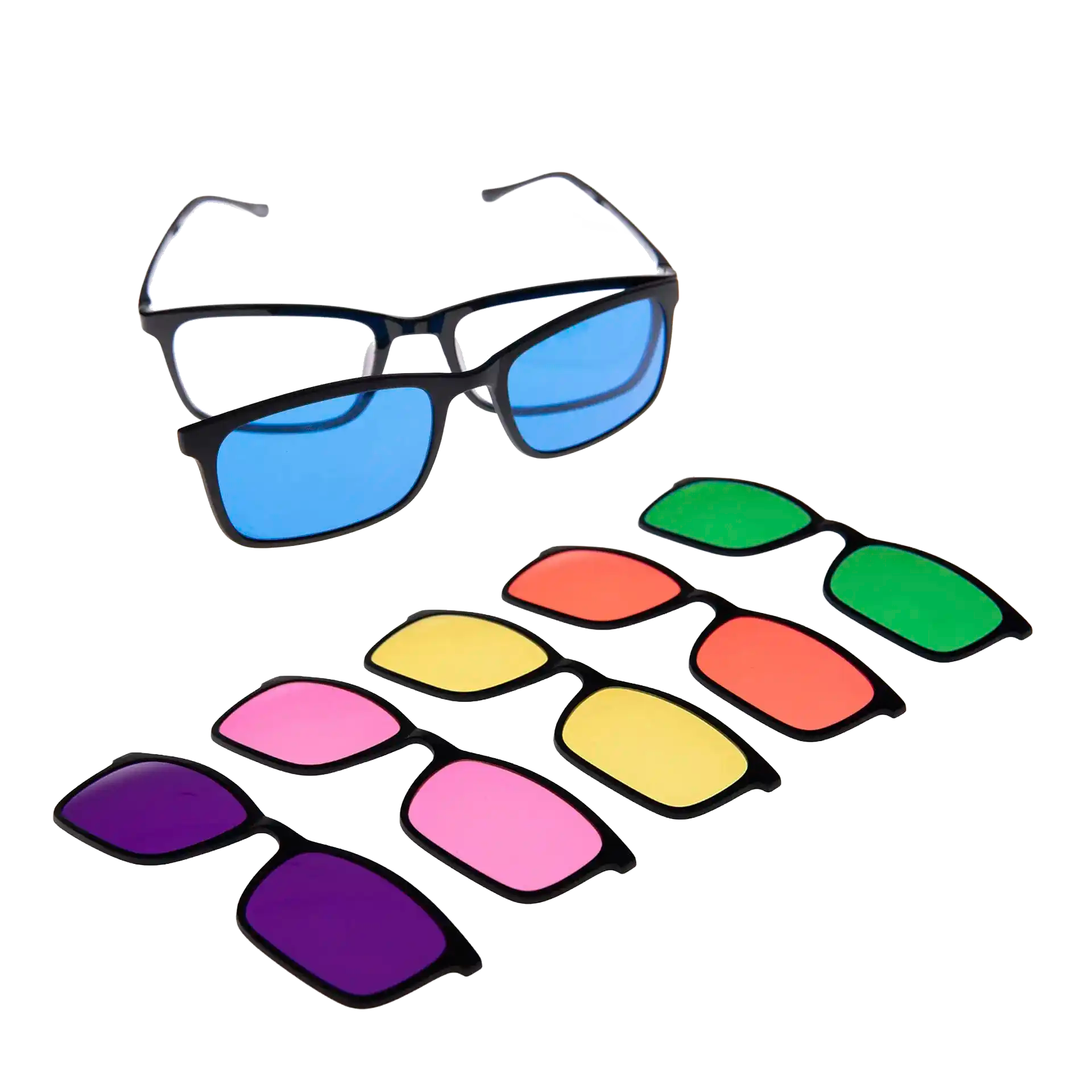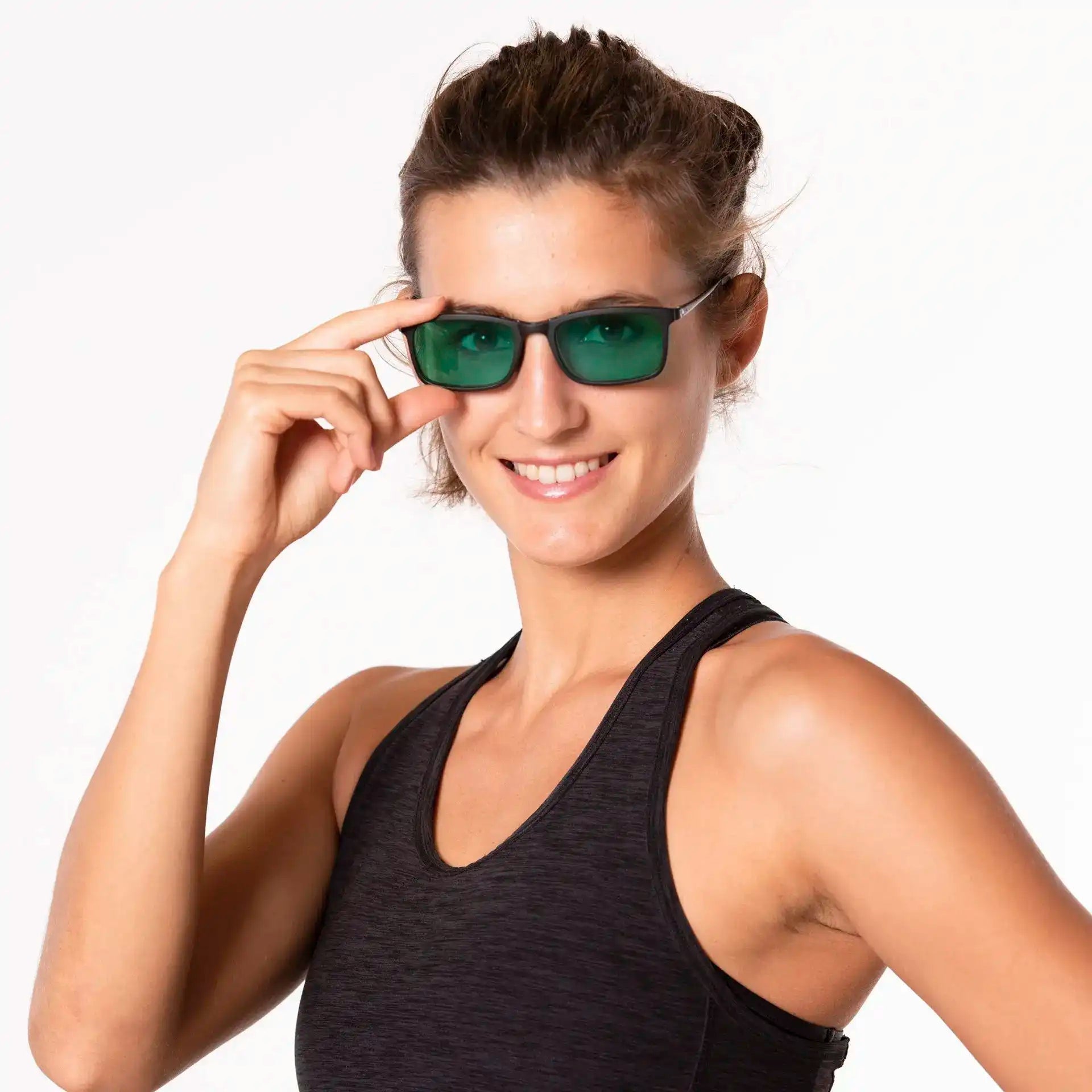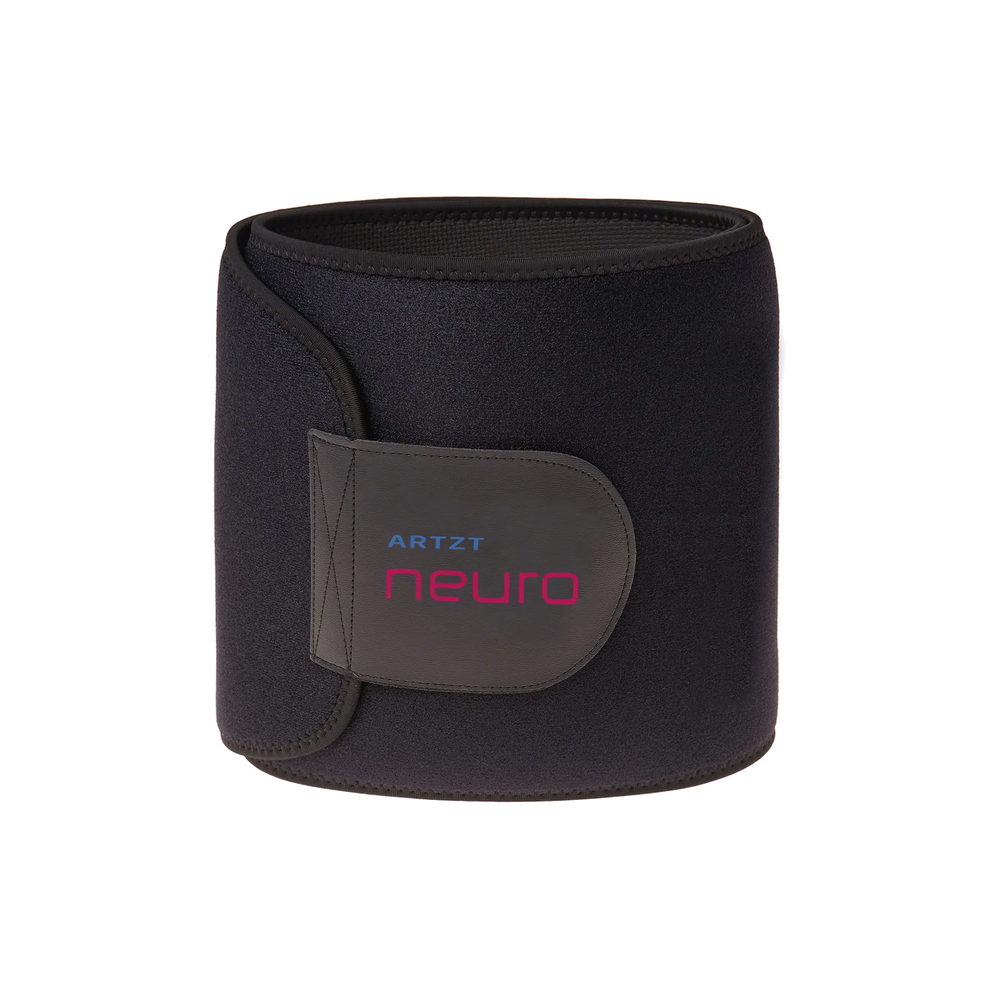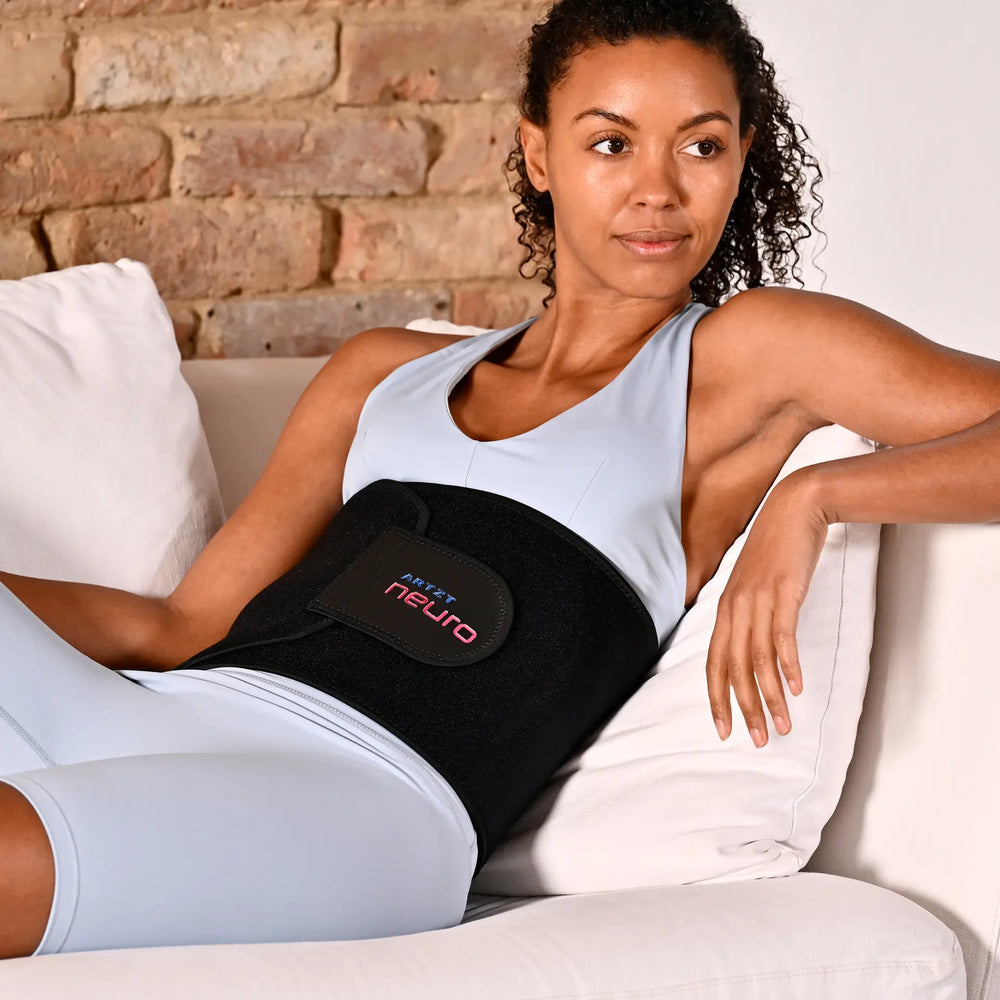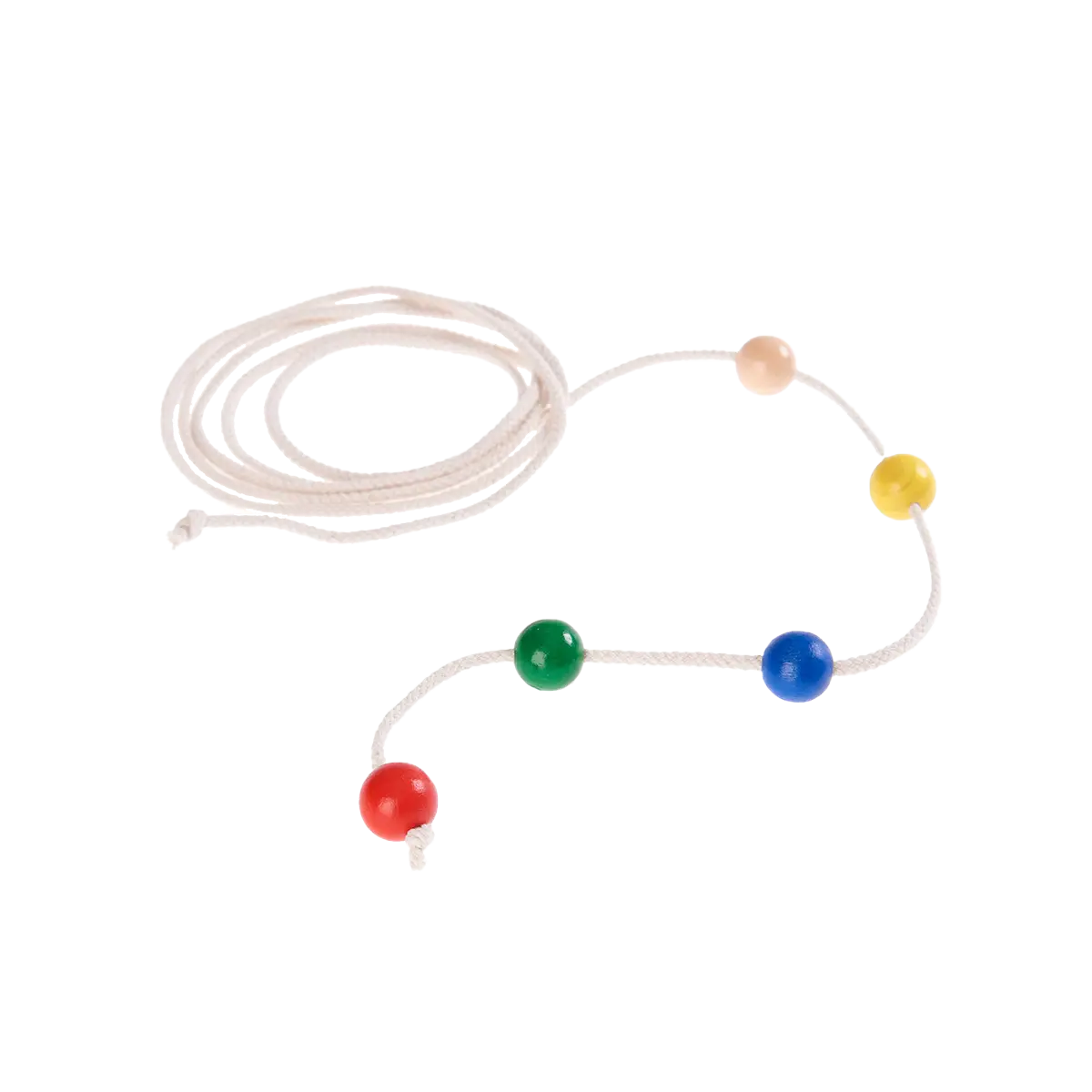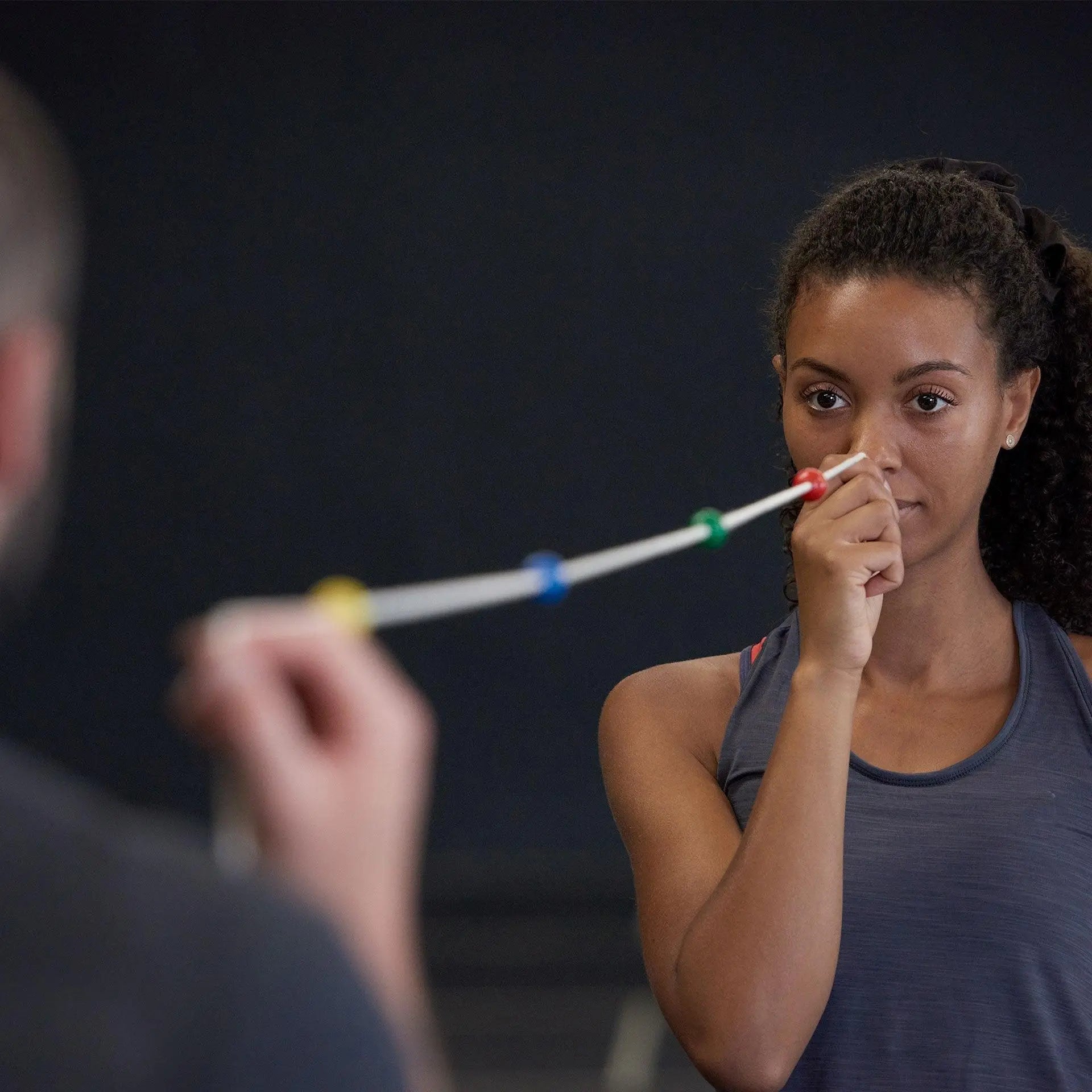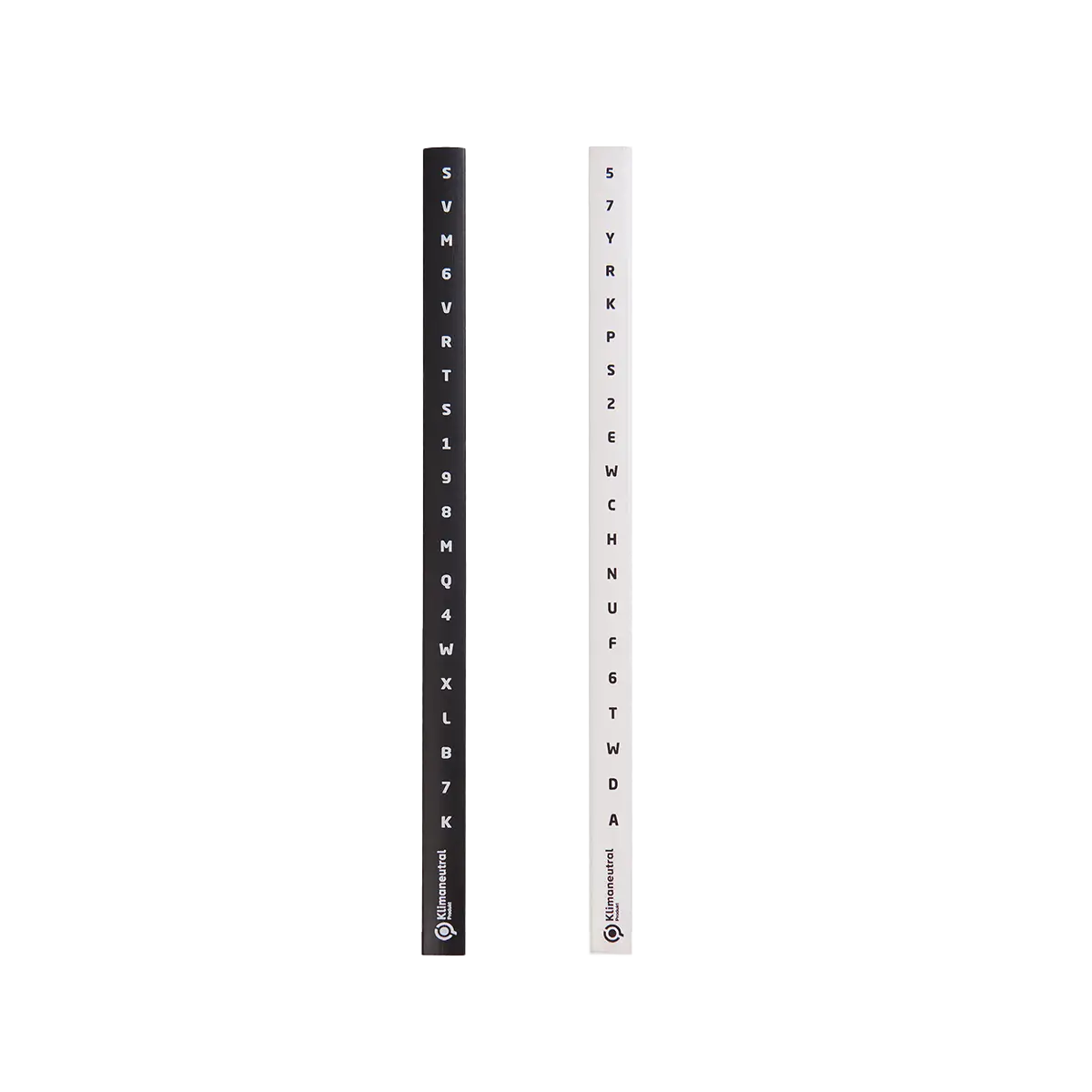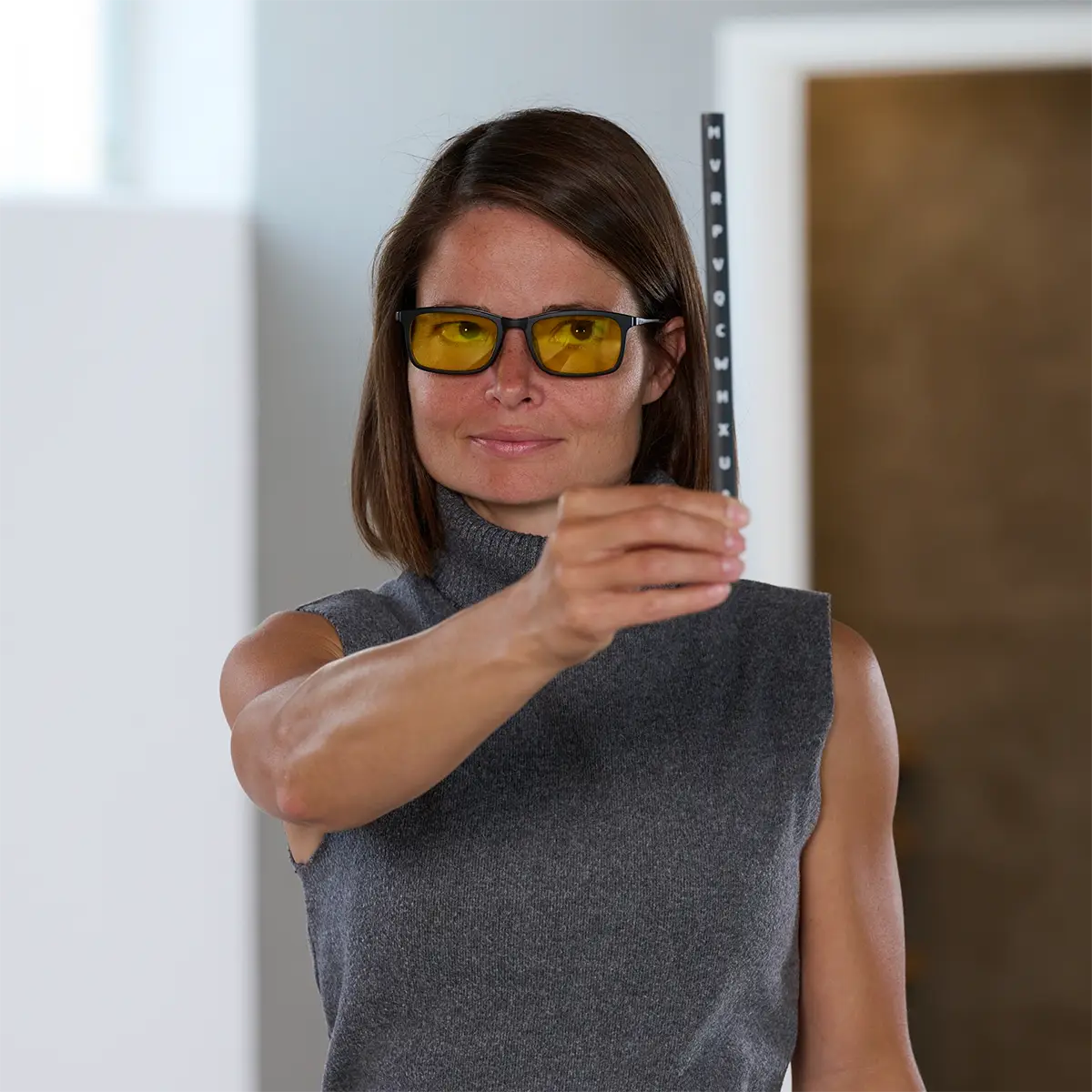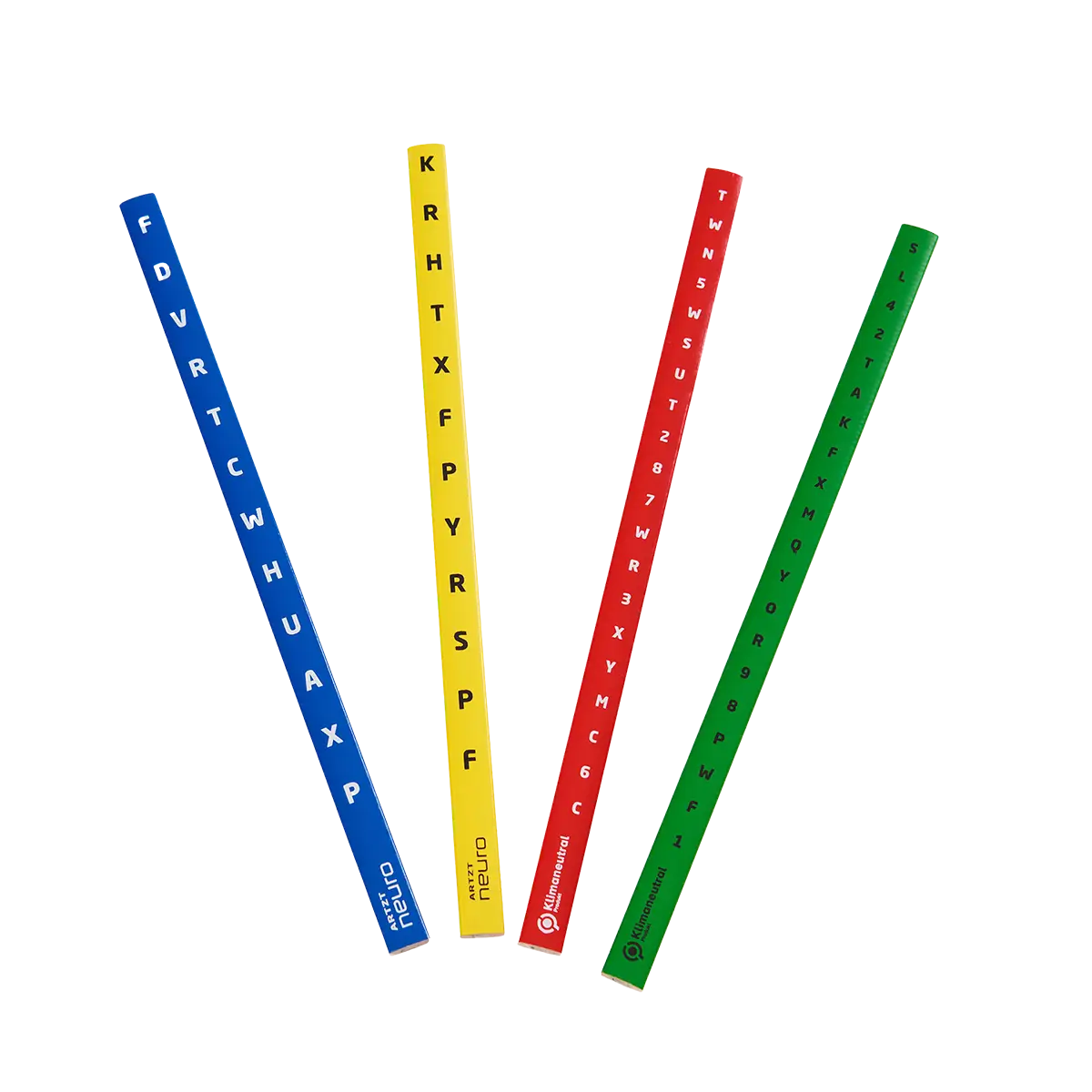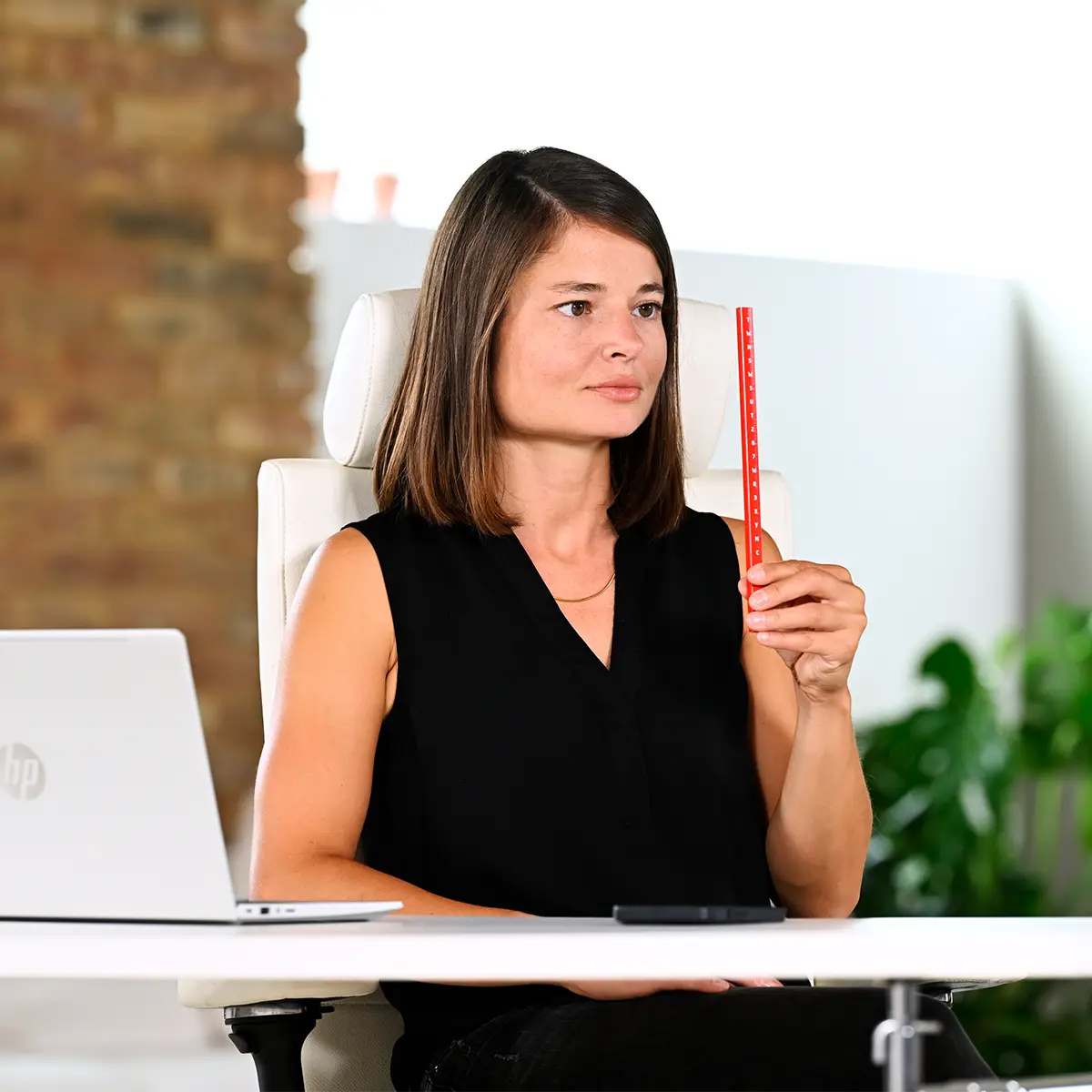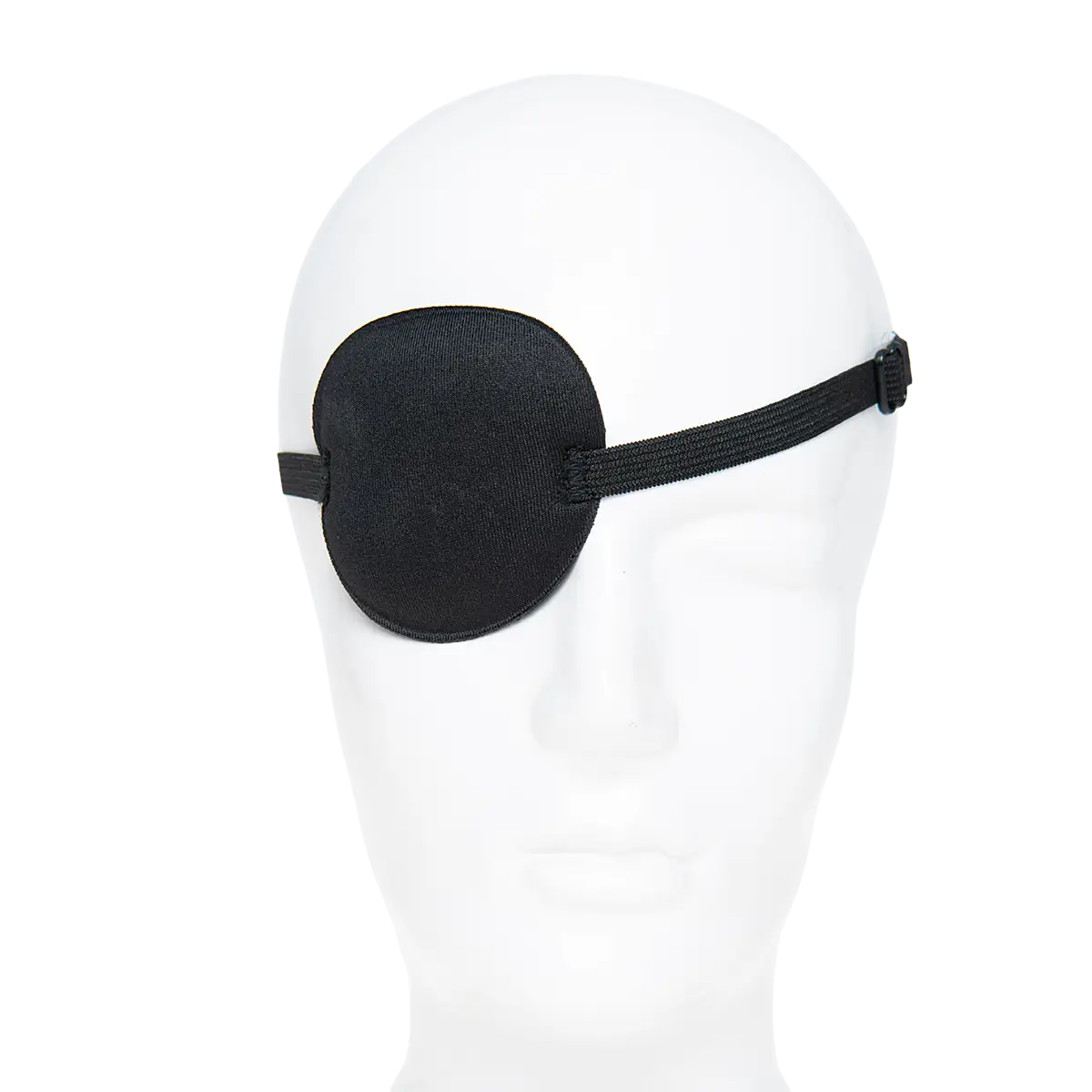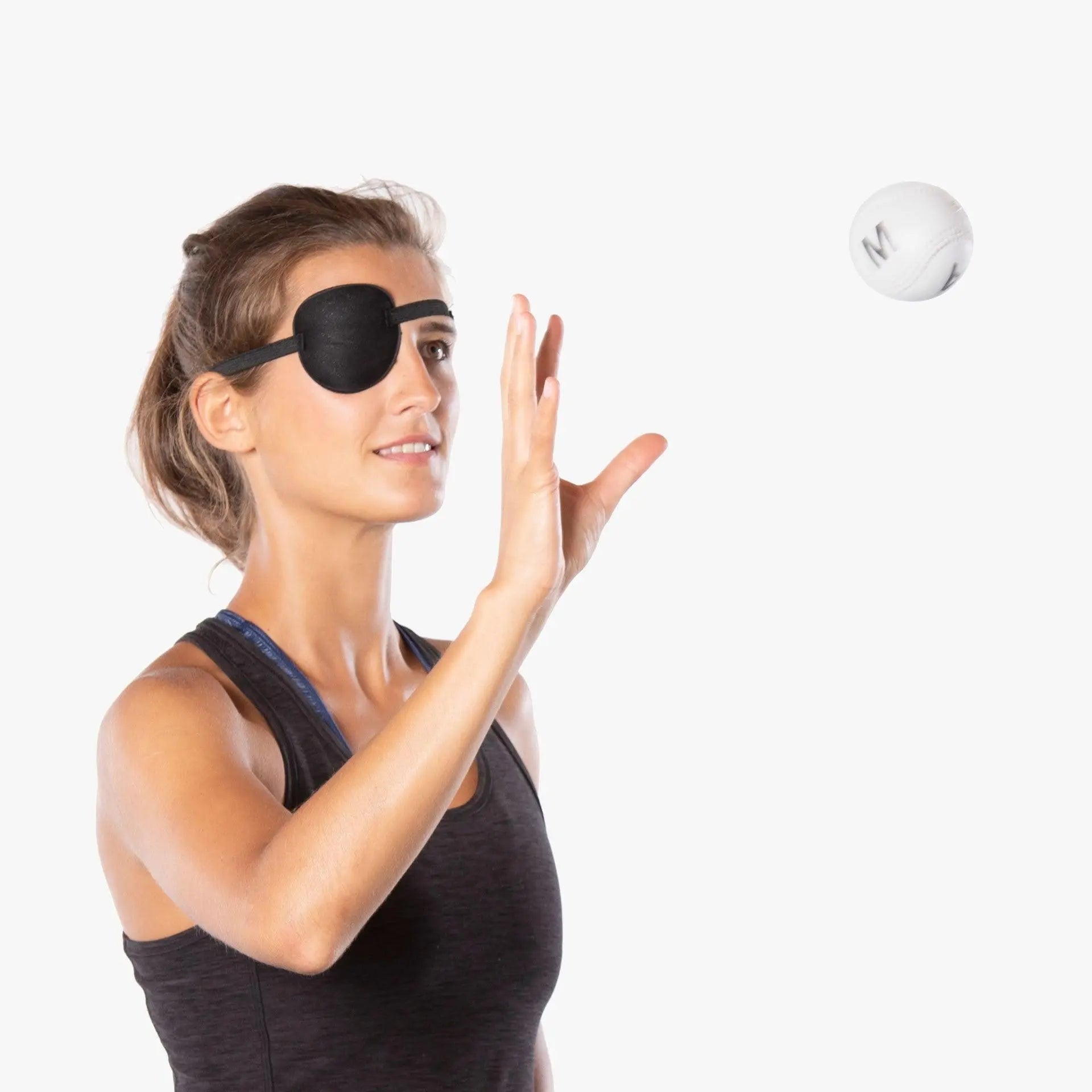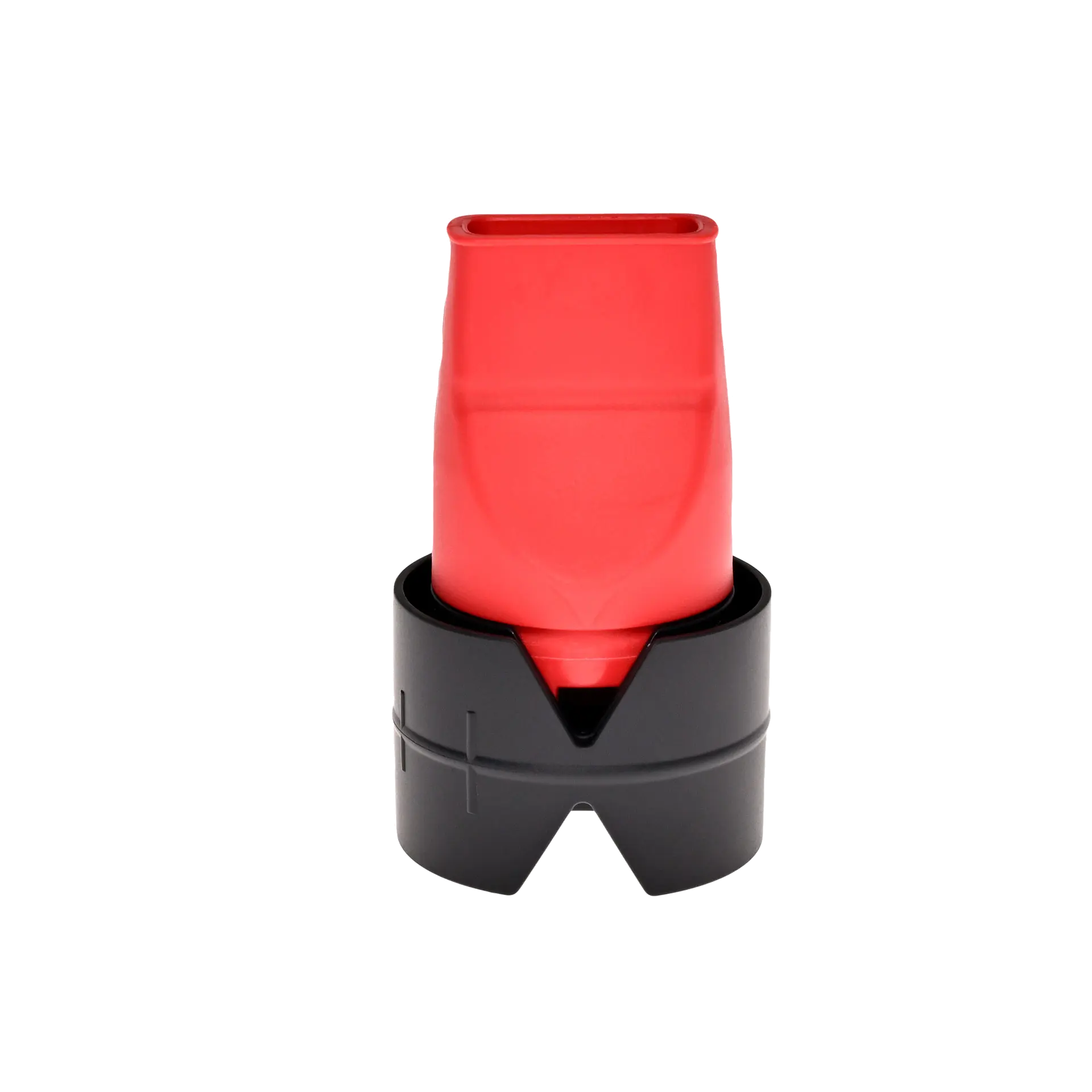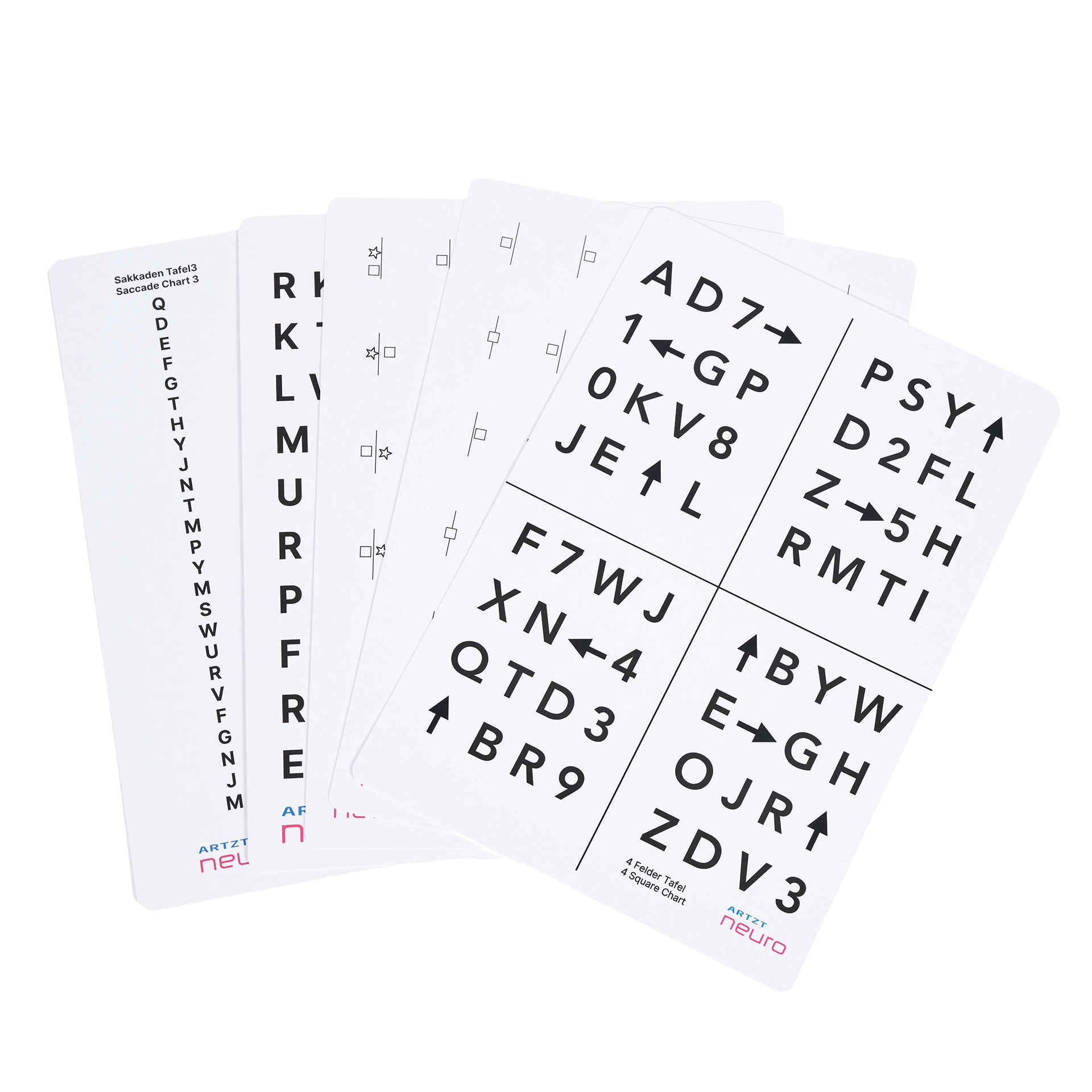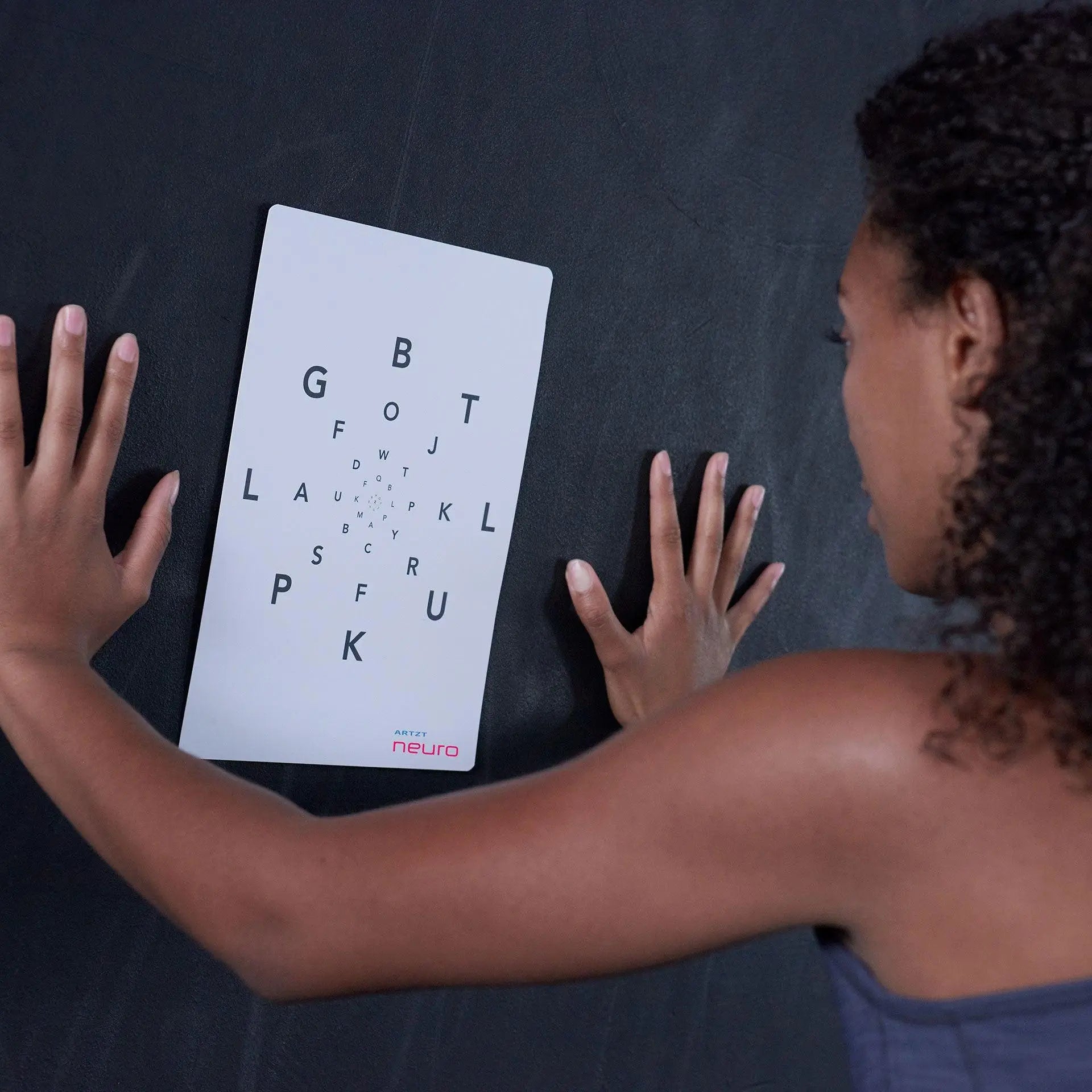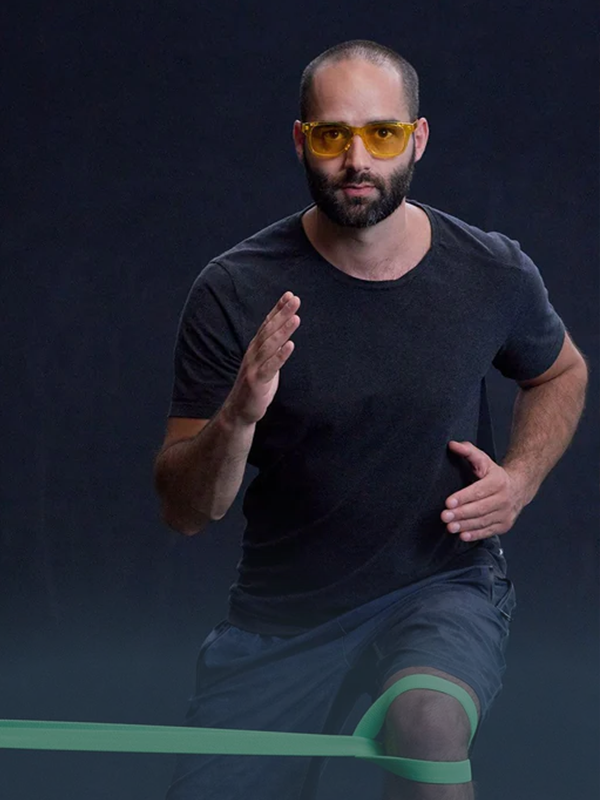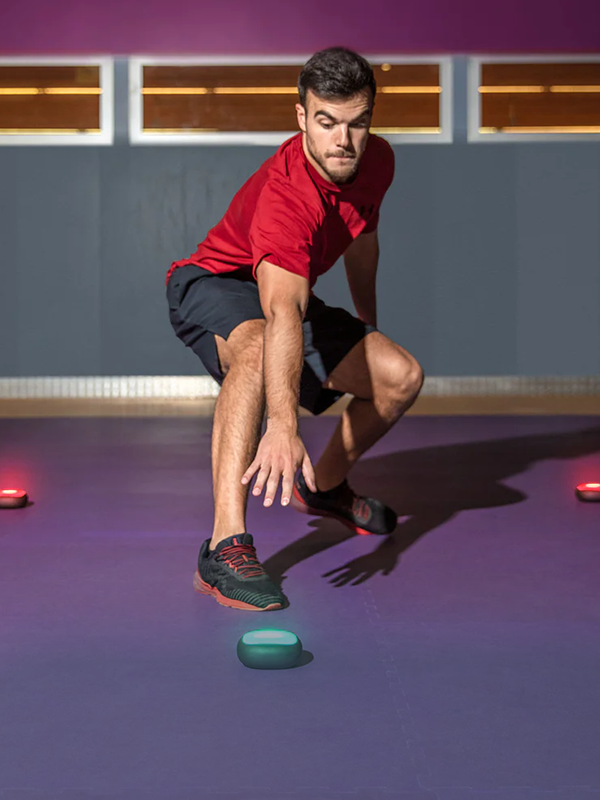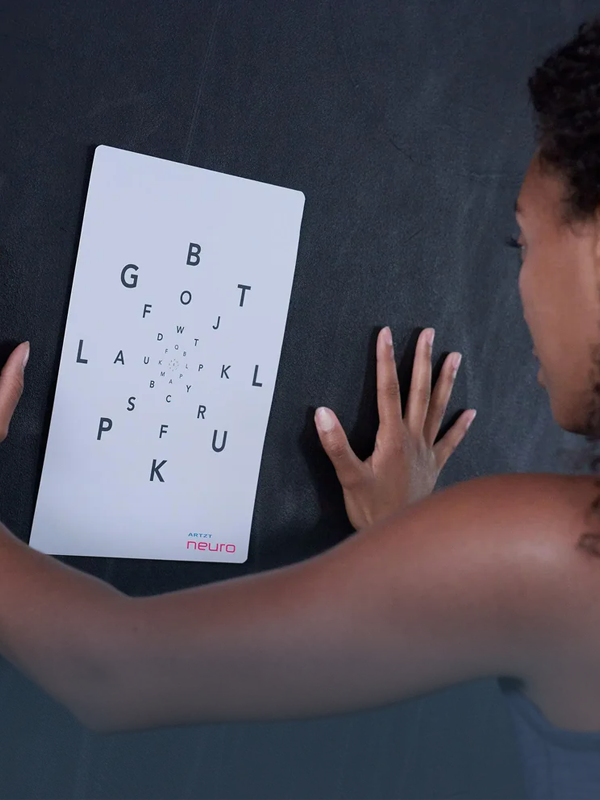Reading time: 4 minutes
Ever since Alexander Zverev's statements about neuroathletics and its influence on his training, it has been clear: neuroathletics have gained a foothold in German tennis. But what is actually behind the term neuroathletics? And why is this training approach worthwhile for tennis coaches and tennis players? In this article, learn more about neuroathletics training for tennis and how you can set new standards by improving performance, eliminating pain and preventing injuries.
Contents
Why is neuroathletics relevant in tennis?
Tennis places high demands on hand-eye coordination, reaction time and movement precision . Players must judge the ball with millimeter precision, move at lightning speed and at the same time use optimal hitting technique. Regardless of whether it is hitting, footwork or reaction speed: Neuroathletics can specifically improve these skills and thus increase the performance and level of tennis players . Neuroathletics focuses on the brain.
What is neuroathletic training?
Neuroathletics , not to be confused with neurocentric training (also called neuro-training), is the further development of classic athletic training. It is about improving not only the performance of the body but also the communication between the brain and the body . Our brain and our nervous system are the focus here. The aim is to improve the quality of movement through sensory exercises and activation of the nervous system . In concrete terms, this means that movement sequences are not optimized by changes in technique, but by better interaction between the brain and the body. For example, athletes' footwork or striking precision can be improved in this way.
Neuroathletic training focuses on three central systems:
- Proprioceptive system: The body awareness responsible for controlling movements.
- Visual system: Eye coordination and visual perception - crucial for ball control.
- Balance system: Stability and balance - essential for clean footwork.
"Trainers and therapists are constantly reaching their limits with their known methods" - Dr. Eric Cobb
How do amateur players benefit?
Not only tennis professionals, but also amateur athletes and beginners can benefit from neuroathletics. The training is more playful and a little less individual. Exercises such as balance tasks on unstable surfaces or visual tasks with colored balls are fun and at the same time improve movement coordination.
The Benefits of Neurotraining in Tennis
- Performance Improvement : Players can improve their reaction speed and movement precision .
- Injury prevention : Optimized movement patterns reduce the risk of overuse injuries such as tennis elbow or back problems.
- Overcoming performance plateaus : Those who are stagnating technically and physically often find new approaches through neuroathletics.
- Elimination of pain : Recurring problems such as poor posture or uneven movement patterns can be addressed specifically.
"I was too strong, too stiff and limited in some movements. Neuroathletic training helps me to use this strength effectively on the court." - Alexander Zverev

How is neuroathletics applied in tennis?
How do (top) athletes manage to continue to grow despite apparent performance limits? The answer lies in new, unusual training stimuli that take the body out of its routine and spur it on to peak performance. Here are a few short examples:
Sensory training in tennis
The proprioceptive system, i.e. body awareness , is trained through specific exercises. For example, players practice moving their forehand with their eyes closed in order to concentrate exclusively on the feedback from their body.
Visual System in Tennis
Visual perception is trained by sharpening depth perception . A simple test: Have your players focus two thumbs at different distances and then quickly change their gaze. This improves the ability to precisely locate the ball position.
balance system in tennis
Balance exercises such as one-legged jumps with rotation are used to ensure stable footwork. These exercises prepare players for sudden changes in direction during a match.
Tests: The Basis of Neuroathletic Training
An analysis is the perfect basis if you want to start with neuroathletics. It shows you where the weaknesses lie and where you can start. With special tests, you can find out, for example, whether someone has problems with balance, depth perception or movement control. This makes it clear how well the brain processes information from vision, sense of balance and body awareness - and where there is still room for improvement. Even small improvements in these areas can make the difference between victory and defeat.
"Neuroathletics offers people the opportunity to work on their individual performance" - Gela Allmann

Further training for tennis coaches
If you are a tennis coach and want to give your players a completely new boost, it is worth taking a look into the world of neuroathletics. With practical training courses , you can learn how to specifically train the nervous system in order to optimize movement sequences and prevent injuries. Providers such as Z-Health or the German Academy for Neuro-Performance offer you exclusive programs that integrate neuroscientific knowledge directly into your daily training routine.
Conclusion: Why neuroathletics is revolutionizing tennis training
Neuroathletics brings a breath of fresh air to tennis training because it starts exactly where movement occurs - in the brain and nervous system. Whether it's footwork, reaction speed or precision: this method can specifically increase performance. And that applies not only to tennis professionals like Alexander Zverev, but also to recreational players. Neuroathletics gives tennis coaches the opportunity to support their players more effectively and prevent injuries at the same time. For more performance and better quality of movement!
>> Reading tip: 3 neuroathletic exercises for tennis elbow
>> Reading tip: Click here for all neuroathletic exercises
Sources:
https://trainer.tennis.de/home/-/asset_publisher/trav/content/neuroathletik-training-f%25C3%25BCr-gehirn-und-nerven
https://www.tvbb.de/verband/news/neuroathletik-im-tennissport
https://www. Spektrum.de/news/neuroathletik-macht-gehirntraining-den-Different-im-spitzensport/2151438
https://www.marioneuner.com/post/neuroathletik-training-einfach-erkl%C3%A4rt-the-connection-of-k%C3%B6rper-und-gehirn-f%C3%BCr-optimal-performance
https://www.youtube.com/watch?v=toqYOBm0myo
https://sport.sky.de/tennis/artikel/tennis-video-alexander-zverev-ueber-das-thema-neuroathletik/12498166/34345
https://www.youtube.com/watch?v=2q810wGDBkY

